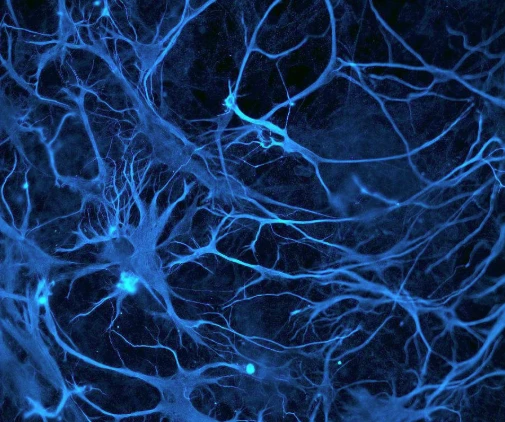Studies identify intrinsic cellular properties that affect the fate of neural stem cells

Studies identify intrinsic cellular properties that affect the fate of neural stem cells

Copyright © iCell Bioscience Inc, Shanghai 2018-2019
Recently, a research report published in the international magazine Stem Cell Reports, scientists from the University of California identified the intrinsic cellular characteristics that can affect the fate of neural stem cells, which may affect the differentiation of neural stem cells. Which brain cells, such as neurons, astrocytes, and oligodendrocytes, may help researchers develop new methods to predict or control the fate of stem cells for better use in human transplantation. During treatment.

Researchers say that neural stem cells often show different fates due to different sugar patterns expressed on the cell surface. These sugar molecules promote the potential characteristics of neural stem cell membranes and ultimately determine their cell fate; stem cells can help treat A variety of human diseases, but researchers have difficulty determining what cell types these stem cells will transform into when they are transplanted into the patient's body.
When the researchers transplanted the same number of stem cells into the body of two patients, if the stem cells differentiated into neurons in one of the patients and differentiated into astrocytes in another patient's body, the two The final treatment of patients will vary significantly; based on current research, researchers can predict the differentiation endpoint of neural stem cells and their possible cell fate, which may enhance the success rate of stem cell transplantation therapy for many types of diseases.
In previous research, researchers have discovered a new way to identify and classify neural stem cells with different fates using the potential characteristics of cells. The researchers say that the difference in cell surface sugars may be that these bacteria are different. The cause of the potential characteristics.
In this study, the researchers examined several pathways that added carbohydrate molecules to the cell surface, and found that one pathway could help make neurons, while the other could help make astrocytes, researchers. By stimulating the neural stem cell pathway and changing the cell potential characteristics, more astrocytes and fewer neuronal cells can be produced. This indicates that the sugar molecules on the cell surface can control the fate of neural stem cells.
This pathway is active in transplanted cells and developing brain cells, so when the brain is formed during body development, the pathway may control neural stem cells to form astrocytes and neurons. Researchers are currently testing whether this pathway can alter the behavior of transplanted cells or the way in which the developing brain is formed. The researchers focused on the internal "machines" of cells that first added sugar molecules to observe that the process is regulated. The molecular mechanism.
Researchers have discovered that specific proteins on the cell surface may be altered by this pathway, which can help elucidate how sugar molecules tell stem cells to differentiate into specific types of brain cells, and later researchers hope to go deeper. The research is looking for specific ways to improve the efficiency of stem cell transplantation for the treatment of body damage and various diseases.
 Loading ....
Loading ....
